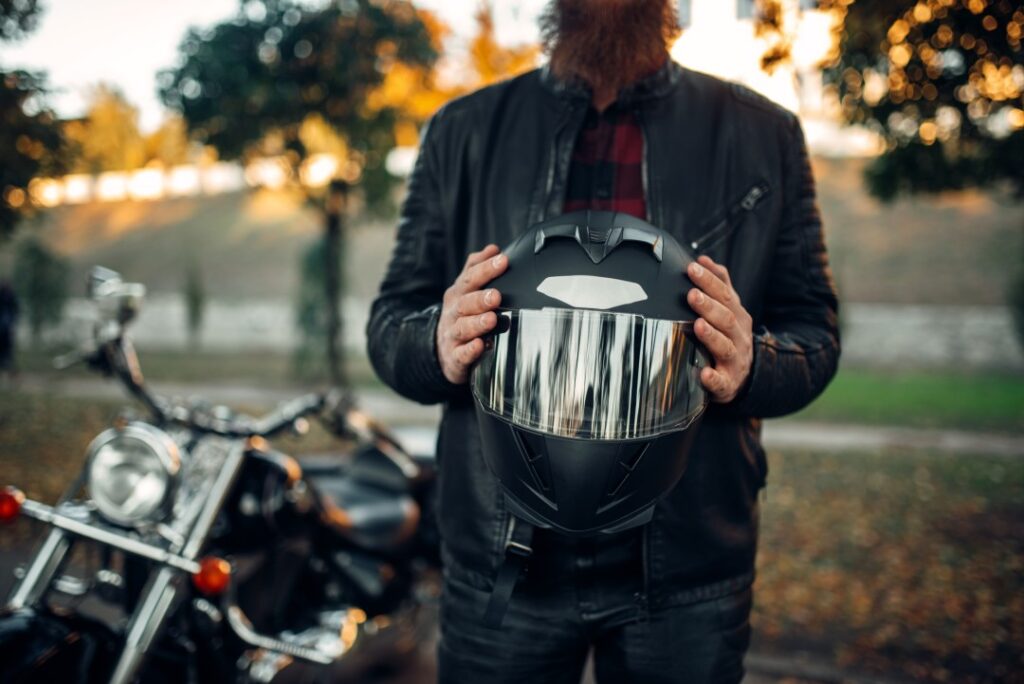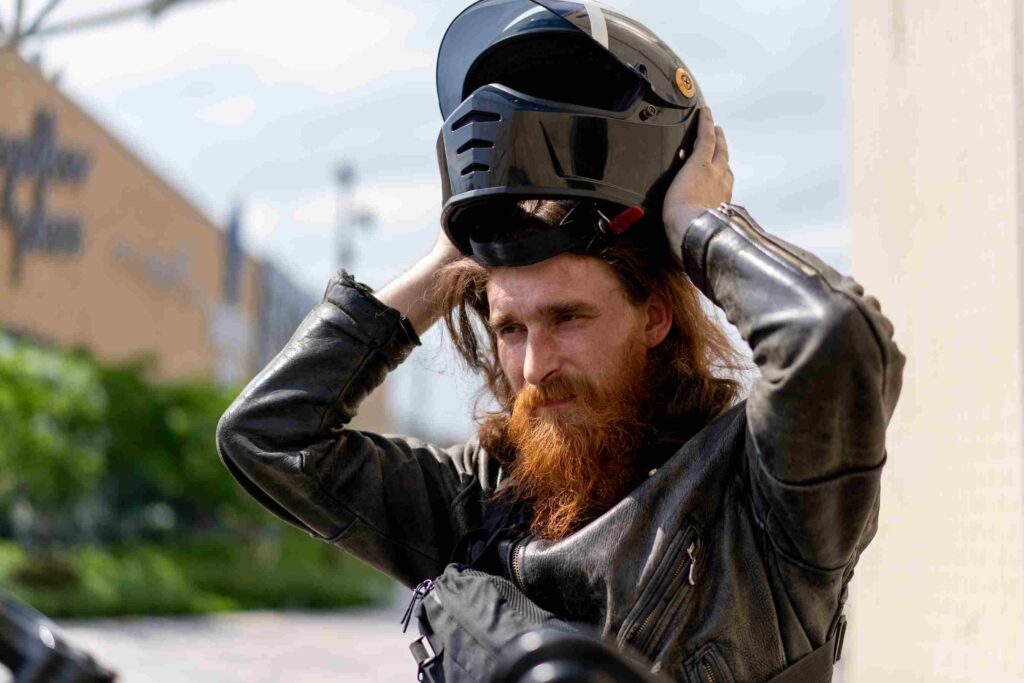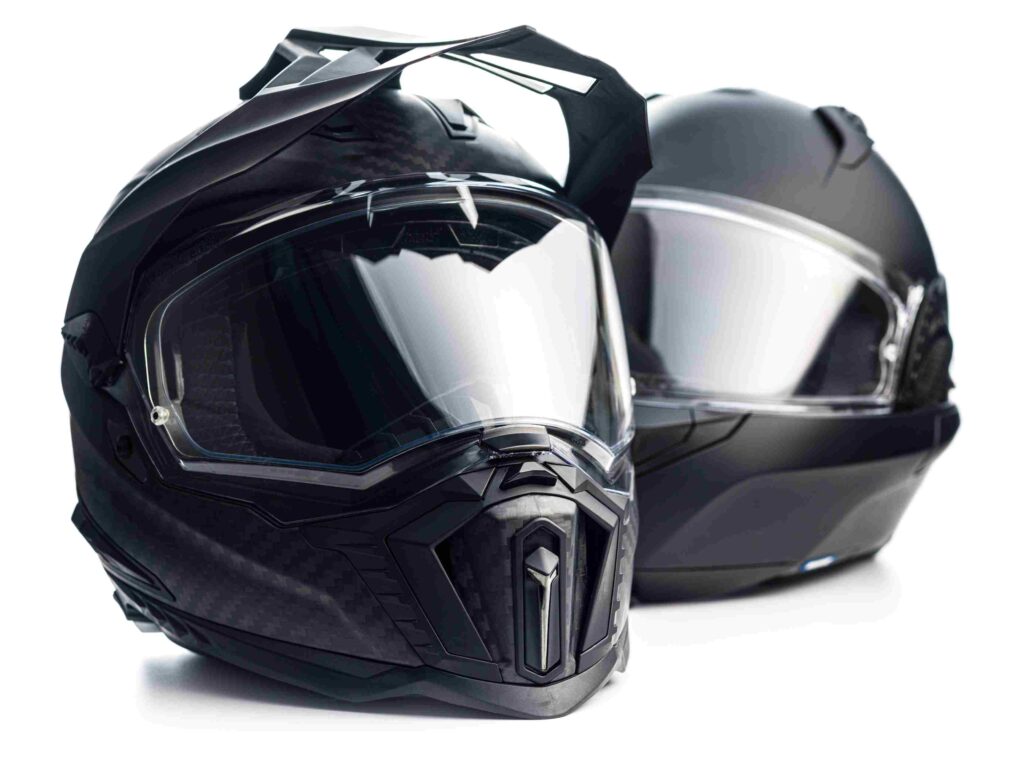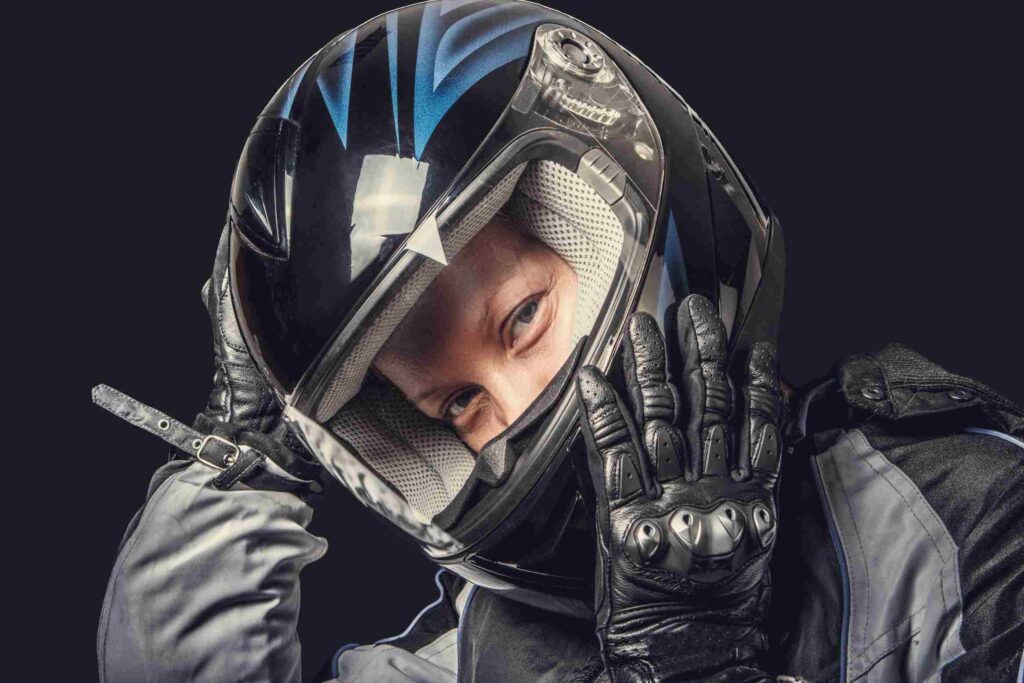Hello, young heroes! Your Odia Nana is here. I tarvell to various places on bike and write Moto Blog on it. I see you all speeding around on your bikes, feeling the wind in your hair, looking very smart. But wait! Where is your helmet? I see many of you ignoring it, hanging it on your handlebar, or wearing it like a cap! This makes my old heart very nervous.
A bike is useful, but it can also be dangerous. Your head is the most precious thing you have—it holds all your dreams, your knowledge, and your future. Protecting it is not an option; it is a rule. Remember my motto: “Helmet Nahin, toh Bike Nahin!” (No Helmet, No Bike!). Today, your Nana will explain why a helmet is your best friend and how to choose the right one.
You can also see my video on my youtube channel “Odia Nana” where i am purchasing and explaining the details of my helmate.
Why Listen to Your Odia Nana? The Importance of a Helmet

Think of a helmet like a strong, hard coconut shell protecting the soft fruit inside. Your skull is strong, but in a crash, it can crack. A helmet acts as a shield.
It Saves Lives: This is the biggest reason. A good helmet reduces the risk of serious head injury by almost 70%. It absorbs the shock of a fall so your head doesn’t have to.
It Protects from the Elements: A helmet keeps the sun, rain, dust, and insects out of your face and eyes, helping you see the road clearly.
It’s the Law: The traffic police are not your enemies! Wearing a helmet is mandatory by law. Following the rules keeps you safe from accidents and fines.
Nana’s Shopping List: How to Choose Your Perfect Helmet
Buying a helmet is not like buying a vegetable. You cannot just pick the first one you see. You have to be smart. Here is what to look for:
1. The Right Certification is Non-Negotiable
This is the very first thing you must check before anything else! A certification mark means the helmet has passed strict safety tests.

The ISI Mark:
For everyone buying and riding in India, the ISI mark (ISI Certification) is absolutely essential. It is mandated by law and means the helmet meets the safety standards set by the Indian government. Look for it on the helmet’s outer shell and its strap. No ISI mark, no buy. It’s that simple.
The DOT Mark:
You might also see helmets with a DOT marking. This is a safety standard certification from the Department of Transportation in the United States. While a DOT mark also indicates a good level of safety, remember that for use on Indian roads, the ISI mark is the legal requirement. The best helmets, especially from international brands, might carry both ISI and DOT certifications, which is a great sign of their commitment to safety.
Always prioritize a certified helmet over a non-certified one, no matter how stylish or cheap the other one may be. This mark is your first guarantee of protection.
2. The Perfect Fit is Everything
A loose helmet is as good as no helmet. It will fly off in an accident. A very tight one will give you a headache.

How to check? When you wear it, your cheeks should move slightly with the helmet. It should feel snug and comfortable without pressing too hard anywhere.
The Strap is Key: The strap must buckle securely. You should only be able to fit one or two fingers between the strap and your chin.
3. Choose the Right Type
Full-Face Helmet:

This is the safest type. It covers your entire head, including the chin and face. It’s best for everyone, especially if you ride on highways or at high speeds.
Open-Face Helmet:
This covers the top and back of the head but leaves the face open. It’s better than nothing, but your face is not protected.
Half Helmet: These only cover the top of the head. Nana does not recommend these at all. They offer very little protection.
4. Look for Good Quality
Shell: The outer shell should be hard and sturdy, not flimsy plastic.

Inner Lining:
The inside should have a thick, cushiony layer (usually EPS foam) that fits comfortably. It should also be removable so you can wash it and keep it clean.
Weight:
A very light helmet might mean poor materials. A good helmet has a solid, reassuring weight to it.
5. Don’t Forget Visibility
A helmet with a clear, good-quality visor (shield) is important. It protects your eyes from wind and dust. Make sure the visor is strong and doesn’t have scratches that block your view.

A Few More Words from Nana
A helmet is not forever. If you ever have a bad fall and your helmet hits the ground, you must replace it. Even if it looks fine from the outside, the inner layer may be damaged. You can’t see the crack in a coconut until you open it, right?
Take care of your helmet. Keep it clean. Don’t throw it around. This one piece of gear is what stands between you and a major tragedy.
Conclusion
My dear children, I have seen a long life. I want to see you live your long lives too, achieving all your dreams. Your bike gives you freedom, but your helmet protects that freedom.
Do not be careless. Do not show off. Your safety is in your own hands. The next time you step out on your bike, remember your Odia Nana’s words: wear a proper ISI-marked helmet that fits you well. It is a small price to pay for a long, healthy, and happy life.
Ride safe. Ride smart. Jai Jagannath!
– Your Odia Nana
